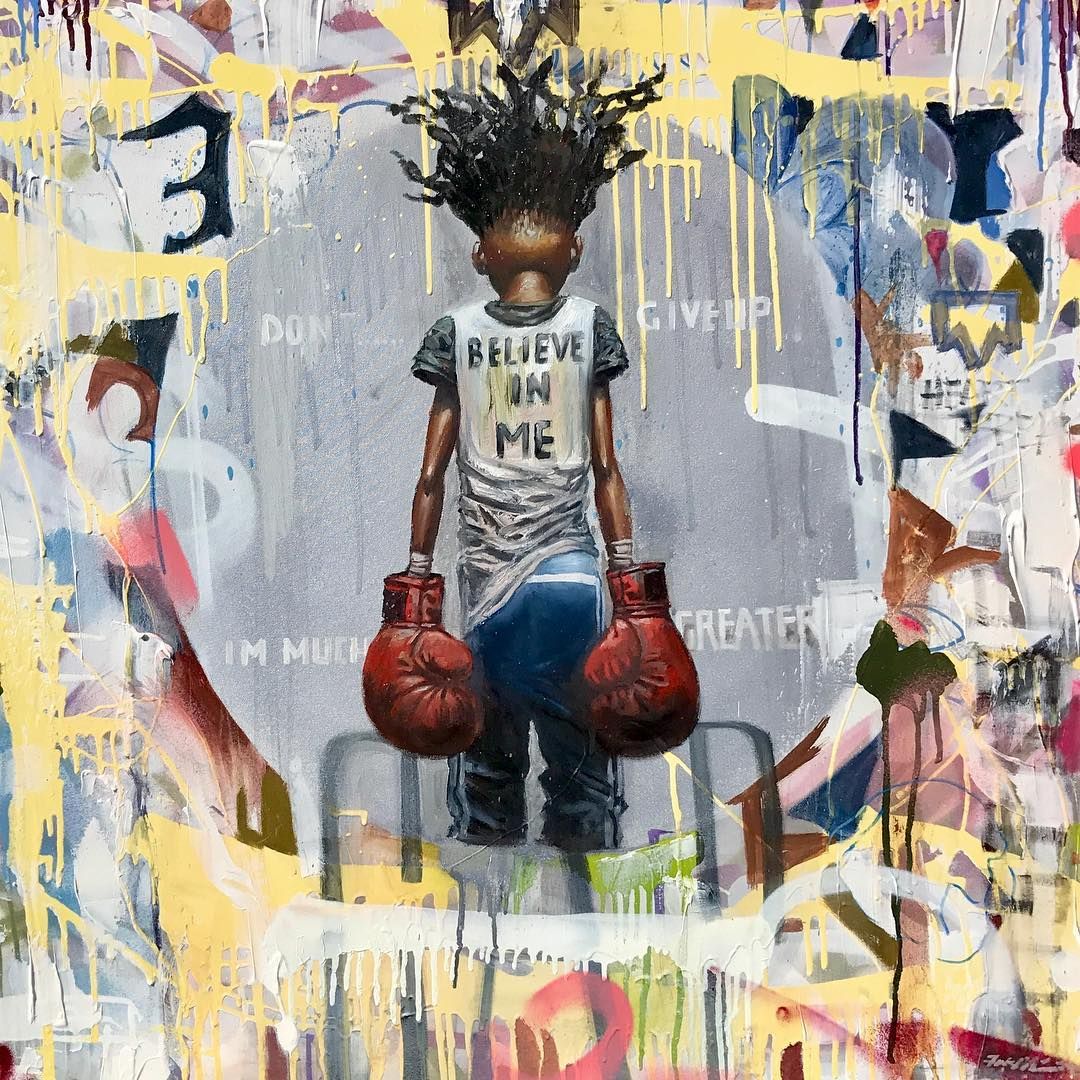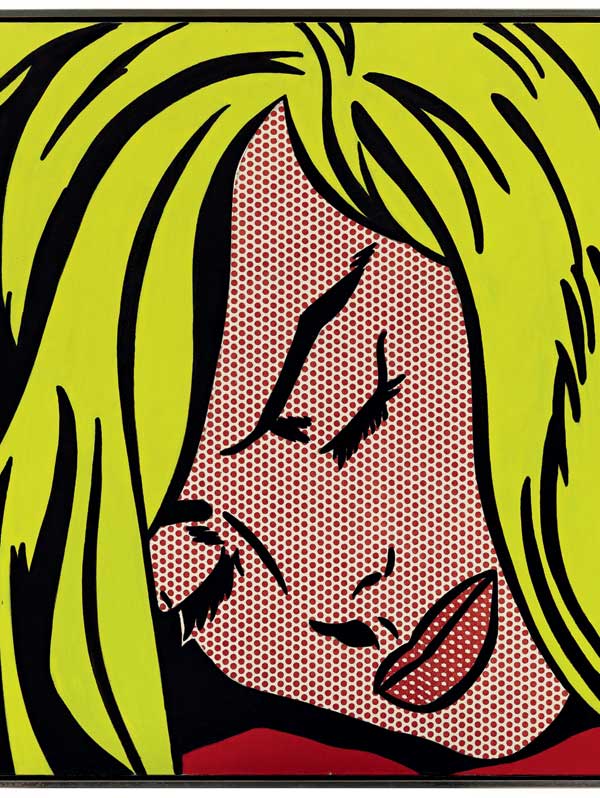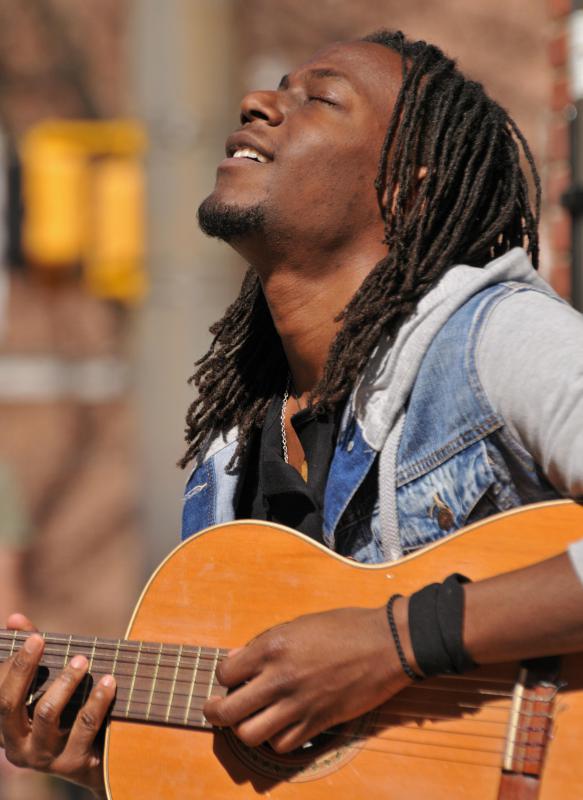
Surrealism art seeks to redefine human experience. This is done by rejecting rationality and finding meaning in dreams and the unconscious. Artists like Dali, Breton, Miro and Krasnyansky sought to create works that explore and challenge our sense of reality. This is an important goal of any artist. Surrealism artwork is a great example. Here are some examples.
Dali's Surrealism Art
Many of Dali’s surrealist art pieces blend the mundane with the extraordinary. Although his works are often about sexual subjects, he also wanted to portray everyday objects and activities through a theatrical medium. For example, he created the famous painting "The Elephants" in which a large female figure is joined to an abstract background. Even though not all Dali's surreal artworks were sexual, it is important that we remember that the artist was inspired to create them by his dreams.
Salvador Dali, a colorful and eccentric artist, loved the spotlight. At the opening of an exhibit in 1936, Dali wore a full-length diving suit. Dali claimed himself a genius in 1963's Diary of a Genius. He walked Paris streets holding an anteater and kept it on a leash. His less well-known antics might have obscured his serious work. Dali's work was dismissed by many scholars, who claimed that his greatest achievements were in the 1920s.

Breton's Surrealism Art
Andre Breton's work had a profound impact on the surrealism movement. He was part of the rebellious anti art Dada movement in 1916 where he met artists like Marcel Duchamp or Man Ray. But his Dada branch in Paris was different than his Zurich counterpart. However, he was able still to join this movement and be an integral part the greatest current artistic movement in history. He also created surrealist art and wrote articles on the topic.
His own personal experiences influenced his work. He believed that the unconscious mind was the source of creativity, and as such, he believed that artists should express their unconscious experiences in their work. His art would revolutionize society. He was also Marxist. He wished to liberate the minds of the masses and free them from the limitations of a rational society. He was able express his emotions through his paintings by using the unconscious.
Miro's surrealism art
Joan Miro’s surrealism art blends fauvism with expressionism and surrealism. He is well-known for focusing on the subconscious mind and re-creating the childlike. His works show Catalan contempt for traditional methods of painting. Once, the artist declared that he had "assassinated" painting.
He challenged the illusionistic space created by a 16th-century Dutch Old Master painting in Dutch Interior I. This painting was loosely based on a postcard he bought at the Rijksmuseum. Duchamp's L.H.O.Q. is also evident in the painting. Miro considered 1919 to be the pinnacle for surrealism. Ultimately, he was able to make the painting more recognizable.

Krasnyansky's surrealism art
The art of Anatole Krasnyansky is a mixture of classical Eastern European painting and figurative imagery. His paintings have a lot of meaning and are an essential addition to any collection. Krasnyansky began his studies in architecture and urbanscapes as a child and was able to incorporate his knowledge into his paintings. His later works feature unique architectural designs.
Krasnyansky was a CBS and ABC scenic artist when he started his career. He was also a scenic artist for CBS and ABC. He also served as a set design at Universal Studios and stage director at Odyssey Theatre. His surrealist, masked figures have won him much acclaim within the art community. His works have also been featured in publications such as Bloomberg, ARTFIXdaily, and Chicago Art Magazine.
FAQ
What is popular culture in music?
Popular Music Culture is an ever-changing phenomenon that takes many forms.
Popular music culture is defined by its use of certain styles of music (e.g., rock, jazz) and lyrics. It also includes visual media, like television, fashion, advertising and film, that have an impact on the careers of artists and public perception.
It's also about how fans interact with their favorite artists.
Popular music culture has one element: the rise of "superstars", artists who have gained fame and fortune.
These superstars often transcend genres and become cultural icons, and their popularity has influenced the evolution of popular music itself.
Some other elements of popular music culture are:
* The rise in recording technology - from acoustic instruments, to electric guitars, and microphones.
* The invention of record players and radios;
* The birth of rock'n roll.
* The introduction TV and film
* The advent MTV and VH1
* The creation the internet.
Who invented the word Pop Music?
Frank Zappa invented it. He coined the term "pop music" to describe his musical style.
He stated that he wanted music that was accessible to all. His music is called pop music because of this.
Zappa also coined the phrase "You know it’s POP when ..."" which refers to something being popular if it is enjoyed by many people. Michael Jackson's Thriller albums are among the most-sold.
Zappa's definitions of pop music are different than the current. Pop music encompasses all types of music. But back then, only certain kinds of music were considered pop.
How did pop music become popular?
It was an accident. The first song was written by mistake when someone accidentally knocked over a piano while playing around on New Year's Eve in 1920.
The recording company loved the music and decided to make it a single.
This became the first recorded hit single.
Pop music has been the most popular form today of musical entertainment.
What are examples of pop culture in 2021?
The 11th of September 2001 saw the destruction of two airplanes that were hijacked and crashed into New York City's Twin Towers. 9/11 was the day that would change history.
The events of this day have impacted popular culture and continue to do so today. It is easy to see how this event has impacted our lives in many different ways.
Television shows and movies such 24 are examples. United 93 tells the story behind what happened on the flight to Los Angeles from Boston on September 11. You can also find books such as The Forever War, by Dexter Filkins.
All of us can recall where we were at the time that we heard about the attacks. Some people got up and went outside, while others read the newspapers or watched TV.
Pop culture is constantly changing. Pop culture is a reflection of society and an inspiration. What will happen to popular culture in the next year? We don't yet know. All we know is that it will be different than it was before.
What are some of the positive aspects of pop music?
Pop culture doesn't have to be bad. Pop culture can be used to spark conversation. Also, it helps people express their creativity. Artists can use pop culture to help promote their work.
Pop culture brings people together. Everyone wants the same show. Everyone loves the same music. And everyone likes the same movies. Pop culture allows us connect.
Pop culture can be unhealthy. Many films glorify violence. Some programs on television make fun of those with mental disabilities. Others encourage their fans and followers to get high.
So, what can we do with pop culture's negative side?
We should avoid negative aspects of pop culture. It shouldn't influence us. It can be a problem for our health. It can lead you to crime. It can even impact our relationships.
Pop culture has a positive or negative impact on society. Is it promoting good values? Are people being encouraged to do wrong things?
Finally, let us ask ourselves whether or not we are happy in the world that we live. Are we satisfied with the music we listen? The TV shows we watch? The clothes we wear
If we care about our future, then we have to be accountable for our actions. We need to decide what kind of world we want to live in. Then, we can choose which type of pop culture to follow.
What is pop media culture?
Pop culture is everywhere. Pop culture is everywhere. It's all around us 24 hours a day. It has an impact on everything: music, clothing, language and politics. So what exactly is pop culture? Wikipedia states that "Popular culture" refers specifically to ideas and products intended for mass consumption. Many people think that this term applies to television shows, movies, music, fashion, and other forms of entertainment. Pop culture encompasses much more than entertainment. The term covers everything consumed by the masses. It includes video games, sports and toys, fast food, political campaigns, and many more.
What does pop culture teach us?
Our society today places more importance on material goods than all other things. This is especially true for younger people. They spend hours every day looking at screens. They are addicted to video games, movies, and surfing the web. They lose focus of school work because they are constantly distracted by these distractions. This leads to them failing classes.
Everyone wants to fit in. That means being popular. Popularity depends on money, clothes, and other possessions. This can lead to some people doing things that aren’t right.
Technology has made us too dependent. All information is available to us thanks to technology. Not everything is accurate. False rumors are all over the Internet. These rumors are quickly spread by people sharing them on social media. It is easy to share something without verifying its truth.
People have lost their ability for critical thinking. People believe everything they see on the Internet. They believe what they read in magazines or on TV. They stop thinking about themselves. They instead follow the crowd.
We lose control when we rely on other people to tell us what's up. Pop culture teaches us that we can depend on others. It also makes us lazy. Although the truth is out there and we often don't find it, it can make us lazy.
Statistics
- Latinos represent roughly 19% of the U.S. population. (npr.org)
- In 1987, US films captured 56% of the European film market. (socialsci.libretexts.org)
- According to Kathryn Sorrells (2013, pp. 142-144), there are several ways that we can become informed consumers of popular culture. (socialsci.libretexts.org)
- For example, the term hater meaning someone who strongly undermines or criticizes others, often due to pathetic jealousy, likely emerged from hip hop culture, such as the term playa hateras, used by influential rapper Biggie Smalls as early as 1995. (simplicable.com)
- According to Dictionary.com, popular culture, or low culture as it is sometimes referred to is comprised of the “cultural activities or commercial products reflecting, suited to, or aimed at the tastes of the general masses of people” (7/21/19). (socialsci.libretexts.org)
External Links
How To
What is popular culture that you access via media technology?
It is all around us. It is everywhere.
Popular culture influences our lives. Our daily routines are influenced by what we see on TV, read in magazines, listen on the radio, and hear at concerts. We watch TV, we play video games, we go shopping, have fun with our friends, and we spend time on the Internet.
However, just because something is popular does not mean that it is good for business.
Media technologies help with this. They allow us to have access to popular culture and connect with customers.
Media technologies can be used to:
-
Write content about products or services
-
Engage audience members with the actors, comedians, and authors they love
-
Promote brands and businesses
-
Advertising
-
Track consumer trends
If you want to increase brand awareness, attract customers, grow sales and customer loyalty, then you should be familiar with popular culture. You can do this through media technologies.